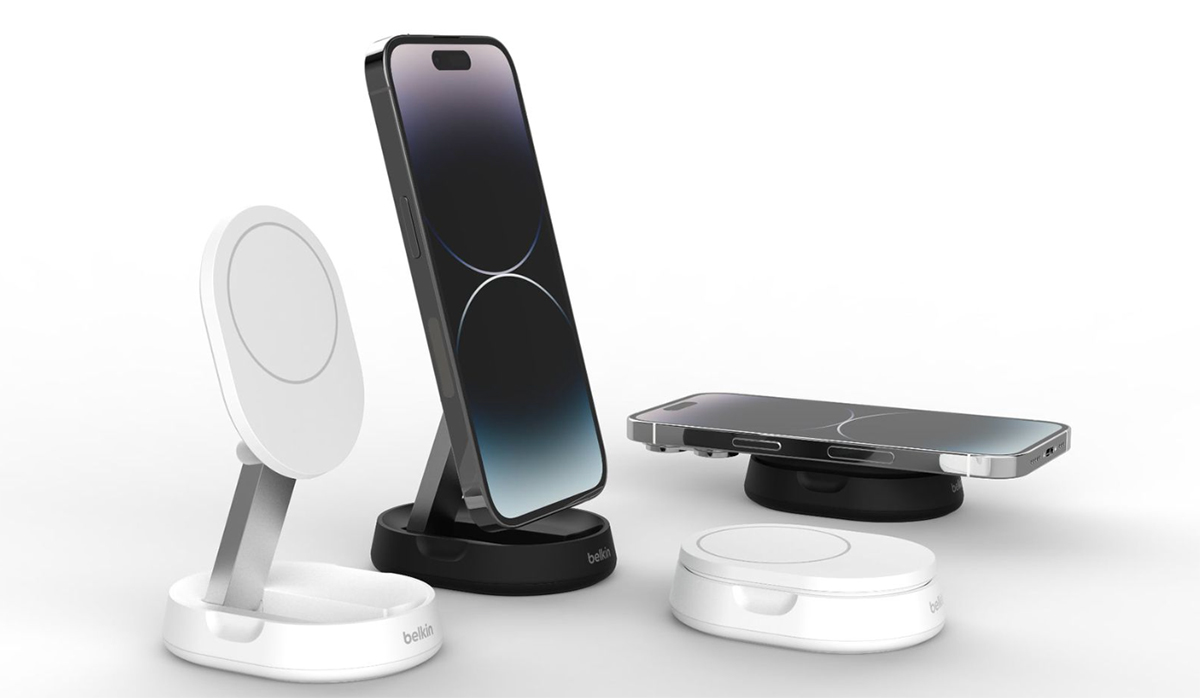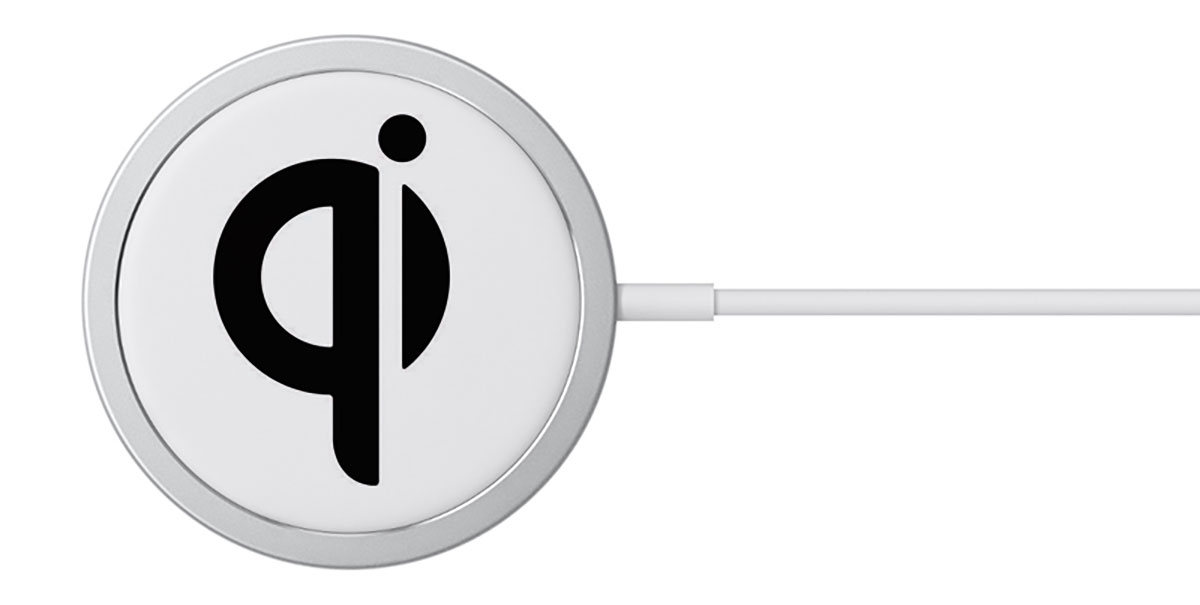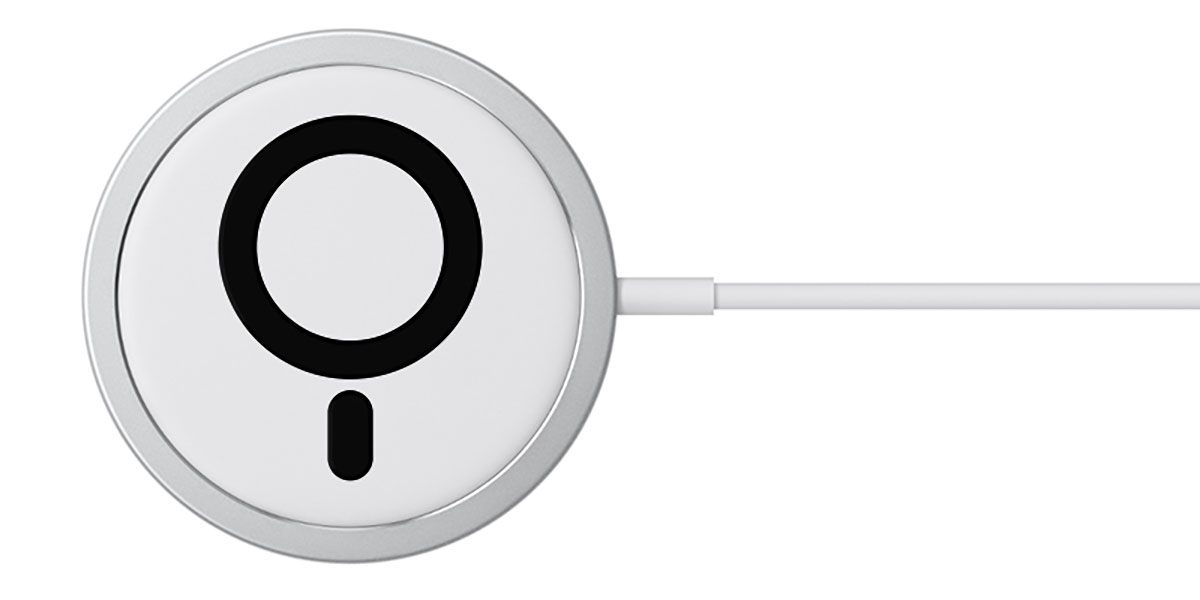Qi 2 25W is here: Is the new iPhone wireless charging better than MagSafe?
Description
Not having to find the right cable or carry one around with you makes wireless charging a convenient way of charging your mobile devices—iPhone, Apple Watch, AirPods and many third-party gadgets.
There are multiple wireless charging standards and technologies. Here we will explain the major ones—Qi, MagSafe, Qi2 and the latest Qi2 25W. Knowing which is which will help you to make your charging life more efficient. Here we look at Qi2 vs MagSafe and Qi2 25W vs Qi2 and Apple’s updated 2024 version of MagSafe.
What is Qi2?
Qi2, supported by the iPhone 15 and 16 families at launch and the iPhone 13 and iPhone 14 as of iOS 17.2, speeds up wireless charging from 7.5W to 15W and makes chargers cheaper as well as more efficient. It is very like MagSafe, which is unsurprising as Apple allowed the Wireless Power Consortium (WPC) to use MagSafe as the basis of Qi2.
In short, Qi2 brings the magnetic benefits of MagSafe, but also make third-party iPhone chargers faster and potentially cheaper. Manufacturers are more likely to create new products when the market is larger (iPhone and Android) and costs should come down, too.
In September 2024, Apple announced that the new version of its iPhone MagSafe Charger can wirelessly charge the iPhone 16 series at 25W. Older iPhones can use this charger but at a 15W maximum as before.
We have tested Qi2 chargers vs chargers certified as MagSafe by Apple, and can confirm that 15W Qi2 charges supporting devices at an equivalent speed to 15W MagSafe, and much faster than merely MagSafe-compatible 7.5W chargers. More details of our wireless charging speed tests below.
 <button class="lightbox-trigger" type="button">
<button class="lightbox-trigger" type="button"><svg fill="none" height="12" viewBox="0 0 12 12" width="12" xmlns="http://www.w3.org/2000/svg">
<path d="M2 0a2 2 0 0 0-2 2v2h1.5V2a.5.5 0 0 1 .5-.5h2V0H2Zm2 10.5H2a.5.5 0 0 1-.5-.5V8H0v2a2 2 0 0 0 2 2h2v-1.5ZM8 12v-1.5h2a.5.5 0 0 0 .5-.5V8H12v2a2 2 0 0 1-2 2H8Zm2-12a2 2 0 0 1 2 2v2h-1.5V2a.5.5 0 0 0-.5-.5H8V0h2Z" fill="#fff"></path>
</svg>
</button><figcaption class="wp-element-caption">Belkin announced two Qi2 charging devices in September 2023.</figcaption></figure>
Belkin
What is Qi2 25W?
In Q3 2025 we will start seeing chargers on the new Qi2 25W standard (first known as Qi 2.2) that matches this 25W wireless charging speed. The first officially certified Qi2 25W device is the Ugreen MagFlow Power Bank, announced in July 2025. Baseus has also announced a range of Qi2 25W chargers and power banks, and Belkin announced on July 15 that its upcoming wireless chargers have officially received Qi2 25W certification. We tested and loved Belkin’s 25W UltraCharge Pro 3-in-1 Magnetic Charging Dock.
Samsung will finally be jumping on the magnetic wireless charging bandwagon with Qi2 25W, and Google is first out of the Android blocks with Qi2 25W compatibility with its Pixel 10 Pro XL. The lesser Google Pixel 10 Pro is pegged back at 15W Qi2. Google calls its version of Qi2 “PixelSnap”.
How does wireless charging work?
Wireless charging uses electromagnetic induction to power your devices. The charging pad and your phone both include copper wire coils. Plug the pad into a power source and the charger’s coil generates a magnetic field. When you place your phone onto the charging pad, the phone’s coil converts that magnetic field into an electric current, thus charging the phone.
First, let’s look at the original Qi, which all iPhones post iPhone 8 support.
 <button class="lightbox-trigger" type="button">
<button class="lightbox-trigger" type="button"><svg fill="none" height="12" viewBox="0 0 12 12" width="12" xmlns="http://www.w3.org/2000/svg">
<path d="M2 0a2 2 0 0 0-2 2v2h1.5V2a.5.5 0 0 1 .5-.5h2V0H2Zm2 10.5H2a.5.5 0 0 1-.5-.5V8H0v2a2 2 0 0 0 2 2h2v-1.5ZM8 12v-1.5h2a.5.5 0 0 0 .5-.5V8H12v2a2 2 0 0 1-2 2H8Zm2-12a2 2 0 0 1 2 2v2h-1.5V2a.5.5 0 0 0-.5-.5H8V0h2Z" fill="#fff"></path>
</svg>
</button></figure>
Foundry
What is Qi wireless charging?
Qi is a Chinese word that means “energy flow”. Pronounced “chee”, Qi is the basic and most popular wireless charging standard, launched in 2008 but not seen on an iPhone until 2017’s iPhone 8.
Apple continues to support the Qi wireless charging standard with its most recent iPhones—and the iPhone 13 and later models are compatible with Qi2, more on which later.
This means that iPhones from the iPhone 8 onwards can be placed on a Qi-compatible charger to start charging without a cable. (Of course, the Qi charging pad or stand itself has to be connected via a cable to a power charger.)
While wireless charging means less wear and tear to your devices, it is not as efficient as charging via a cable (wired charging) as some of the energy is lost between the charging pad and the device placed on it.
Qi users will know that you have to ensure your device is placed in exactly the right alignment for fast wireless charging to take place.
Place the iPhone on the pad incorrectly and you end up either charging much more slowly or not at all.
Many of us have dropped a phone on a Qi charger only to find out later that it wasn’t in the right place and so annoyingly never started charging—a problem largely solved by Apple’s MagSafe.
While Qi’s maximum wireless charge is 15W, Apple’s iPhone supports only 7.5W via Qi.
Which iPhones use Qi?
Qi charging is built into the iPhone 8, X, XR, XS, SE, 11, 12, 13, and 14 families. The iPhone 15 and 16 work with Qi but are rated as Qi2; see later.
 <button class="lightbox-trigger" type="button">
<button class="lightbox-trigger" type="button"><svg fill="none" height="12" viewBox="0 0 12 12" width="12" xmlns="http://www.w3.org/2000/svg">
<path d="M2 0a2 2 0 0 0-2 2v2h1.5V2a.5.5 0 0 1 .5-.5h2V0H2Zm2 10.5H2a.5.5 0 0 1-.5-.5V8H0v2a2 2 0 0 0 2 2h2v-1.5ZM8 12v-1.5h2a.5.5 0 0 0 .5-.5V8H12v2a2 2 0 0 1-2 2H8Zm2-12a2 2 0 0 1 2 2v2h-1.5V2a.5.5 0 0 0-.5-.5H8V0h2Z" fill="#fff"></path>
</svg>
</button></figure>
Foundry
What is MagSafe wireless charging?
Apple’s magnetic MagSafe iPhones contain a ring of magnets built around its Qi charging coil. As a result, you can magnetically clamp charging accessories onto the iPhone. In fact, you can magnetically attach non-charging accessories, such as wallets and mounts, too.
MagSafe—from 2020’s iPhone 12 on—makes missing the charging pad’s coils much less likely with its ring of magnets quickly finding the charging alignment sweet spot—on a compatible charger—so you will always connect and less energy is wasted.
Magnetic Power Profile (MPP) technology uses magnets to perfectly align the coils of the wireless charging transmitter and receiver before transferring power.
iPhones can work with wireless chargers that are either MagSafe certified by Apple (“made for MagSafe”) or are compatible with MagSafe—plus less sophisticated Qi chargers.
Certified MagSafe chargers can supply up to 25W to the iPhone, while merely MagSafe compatible chargers are limited to 7.5W, but compatible chargers are usually cheaper. That 25W charging speed is currently limited to the most recent iPhone 16 range and Apple’s own MagSafe Charger. iPhones 12/13/14/15 max out at 15W using MagSafe.
(N





